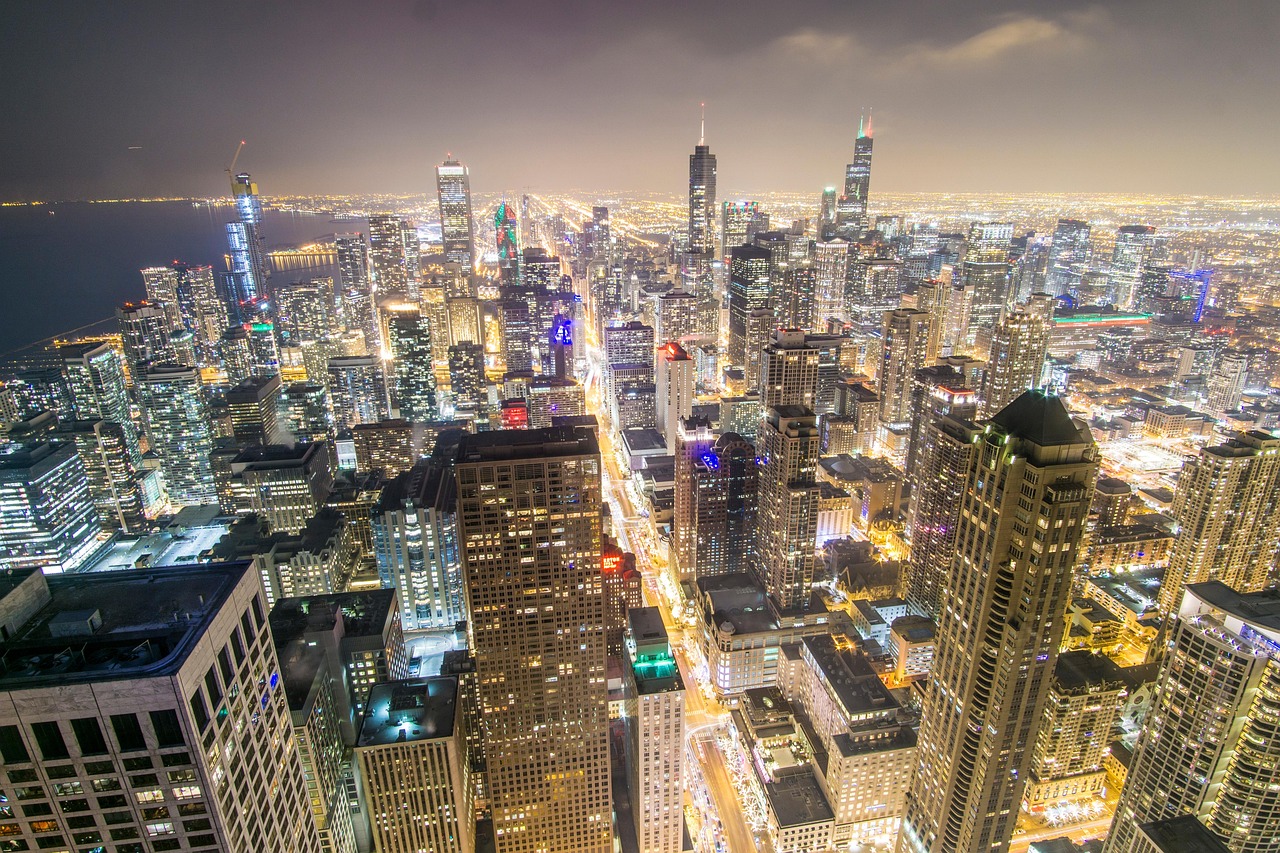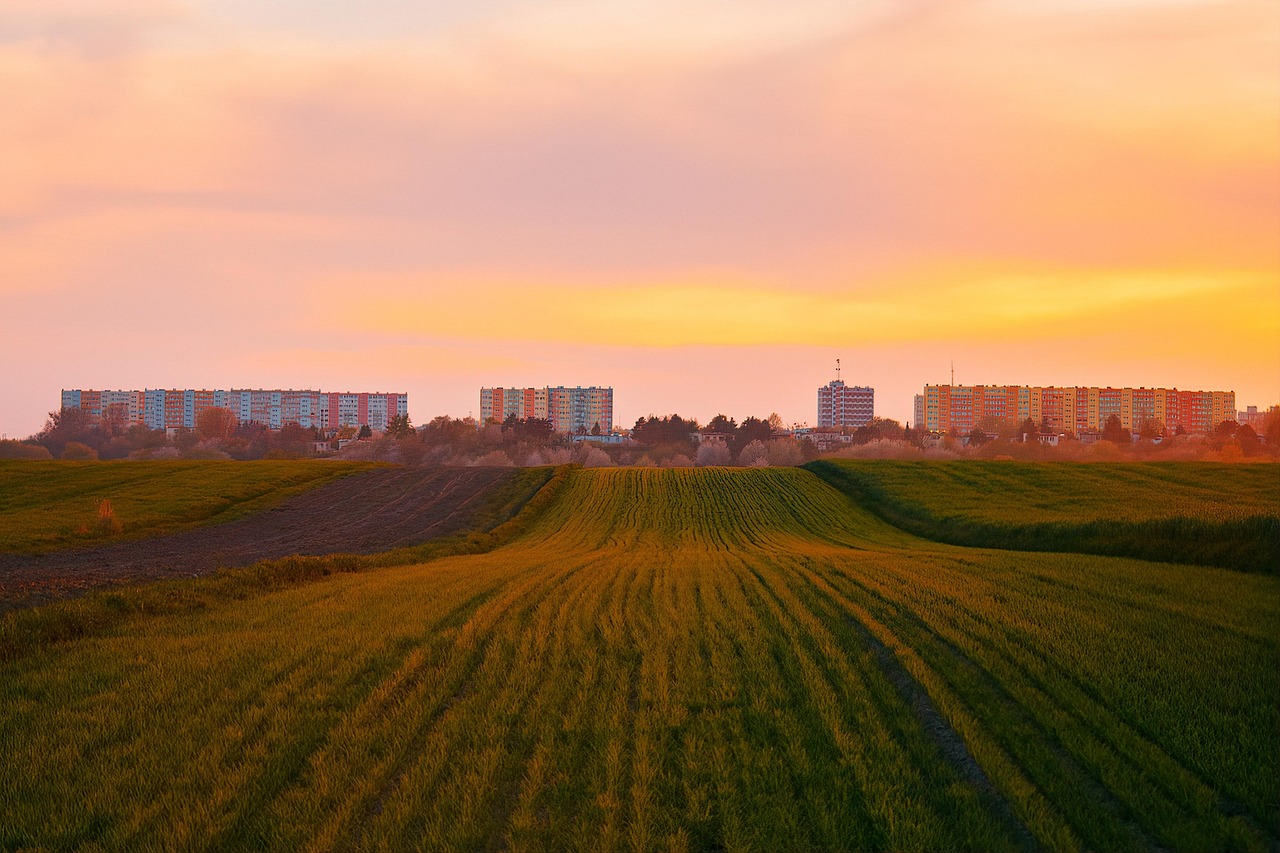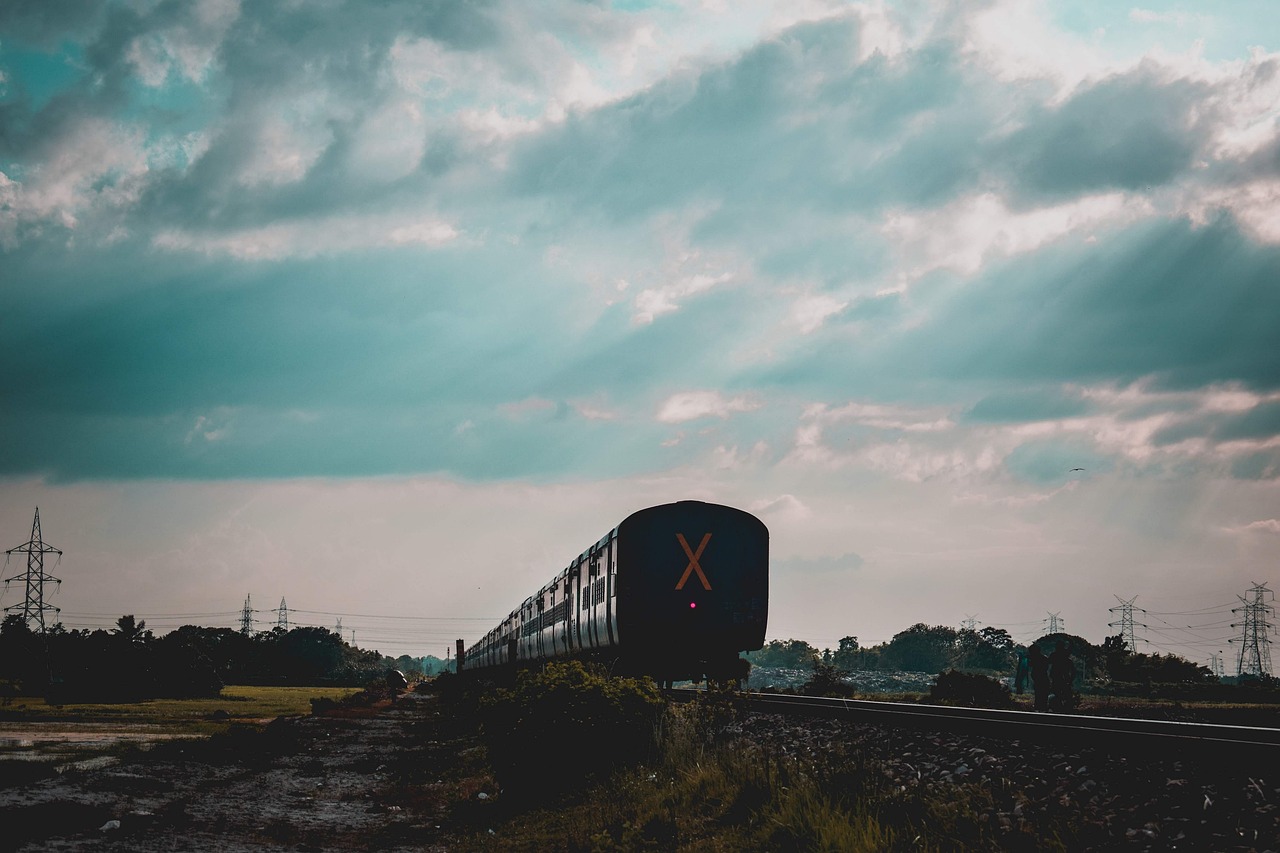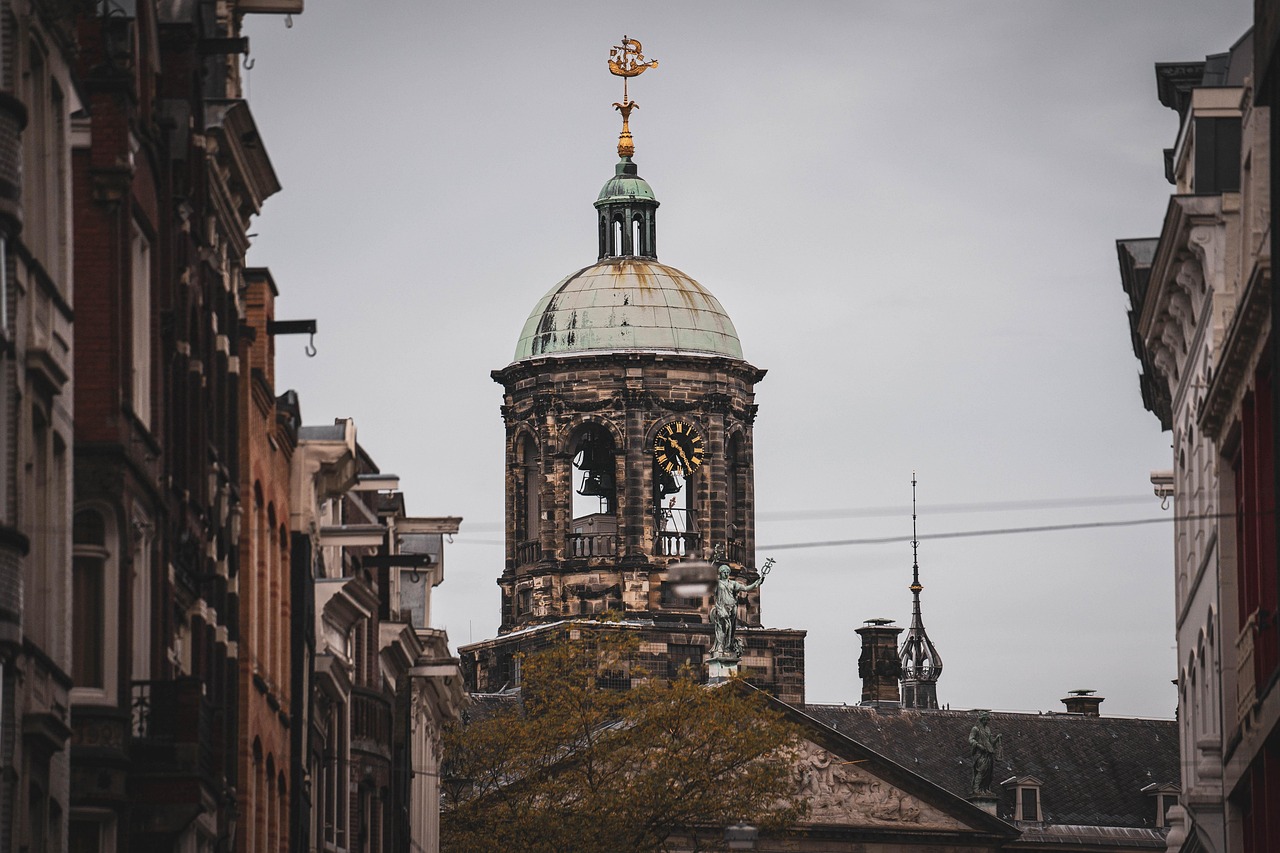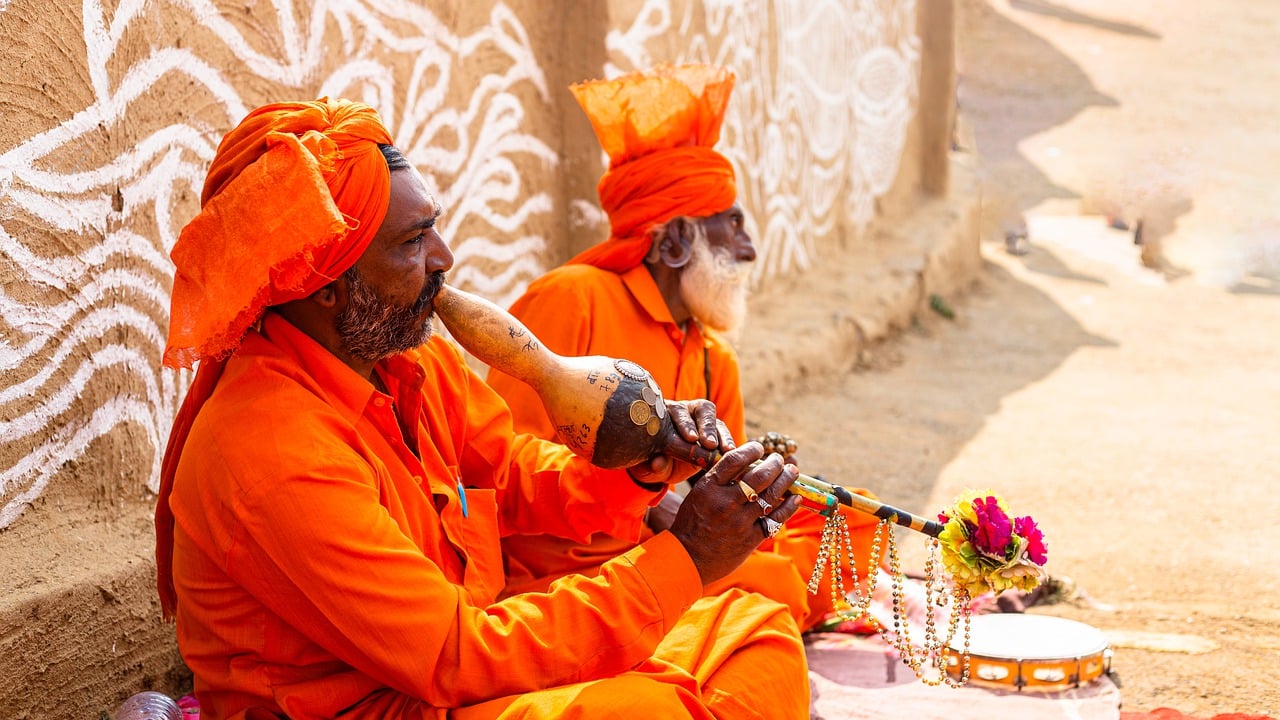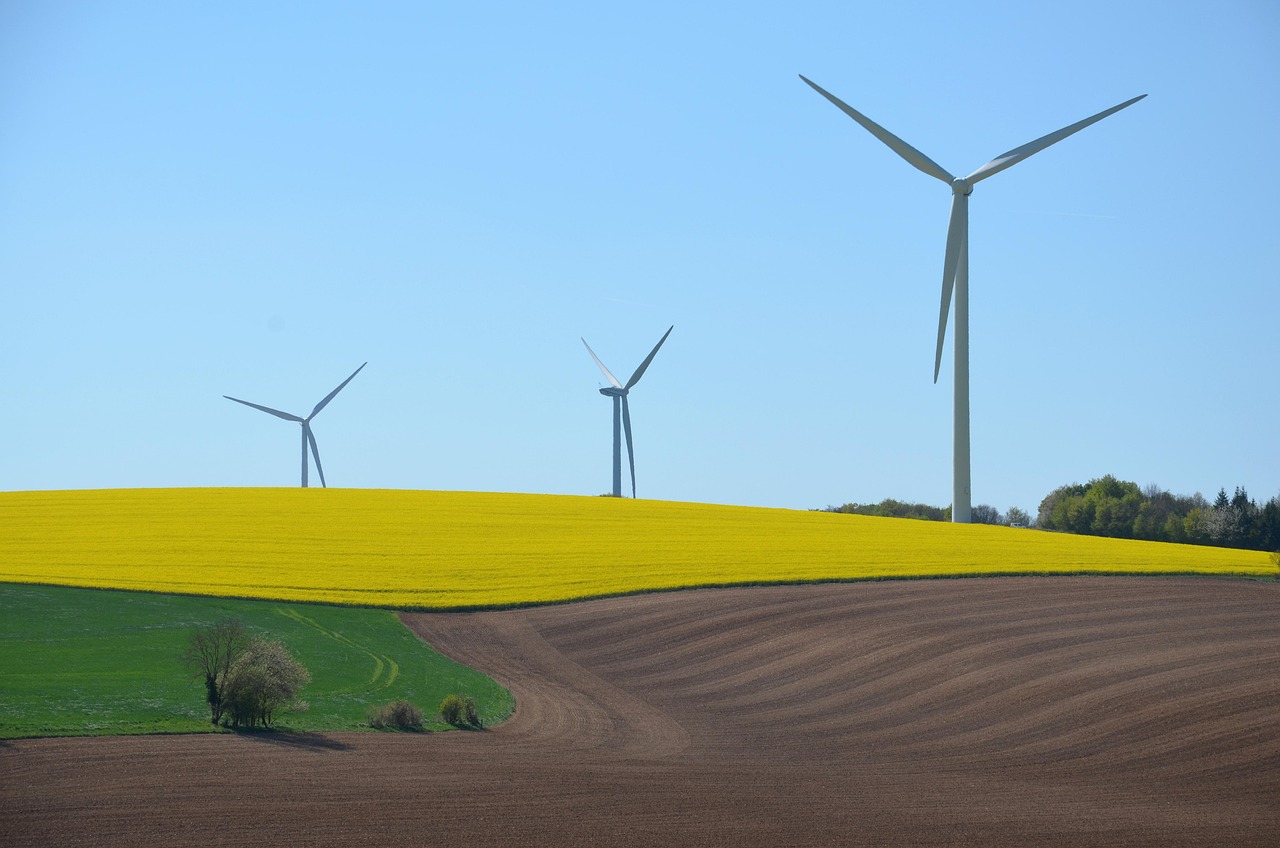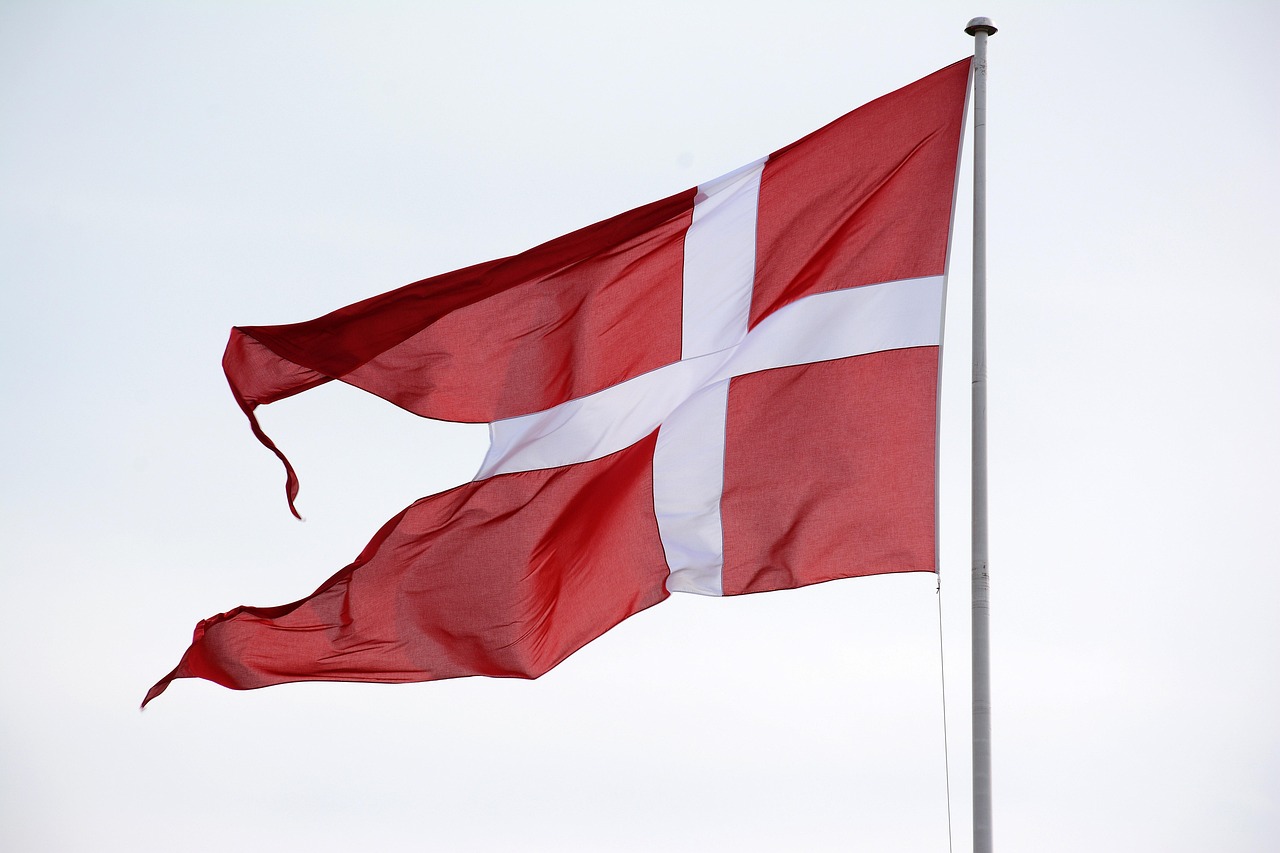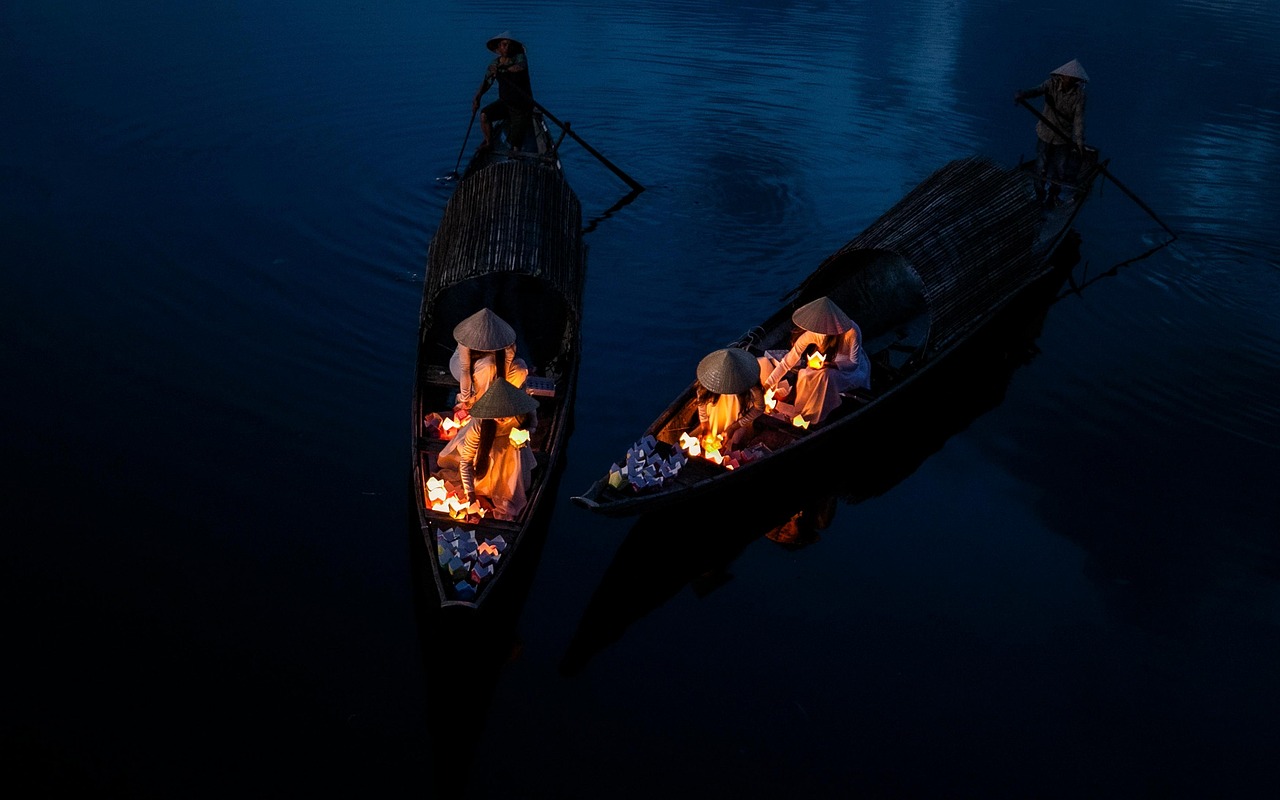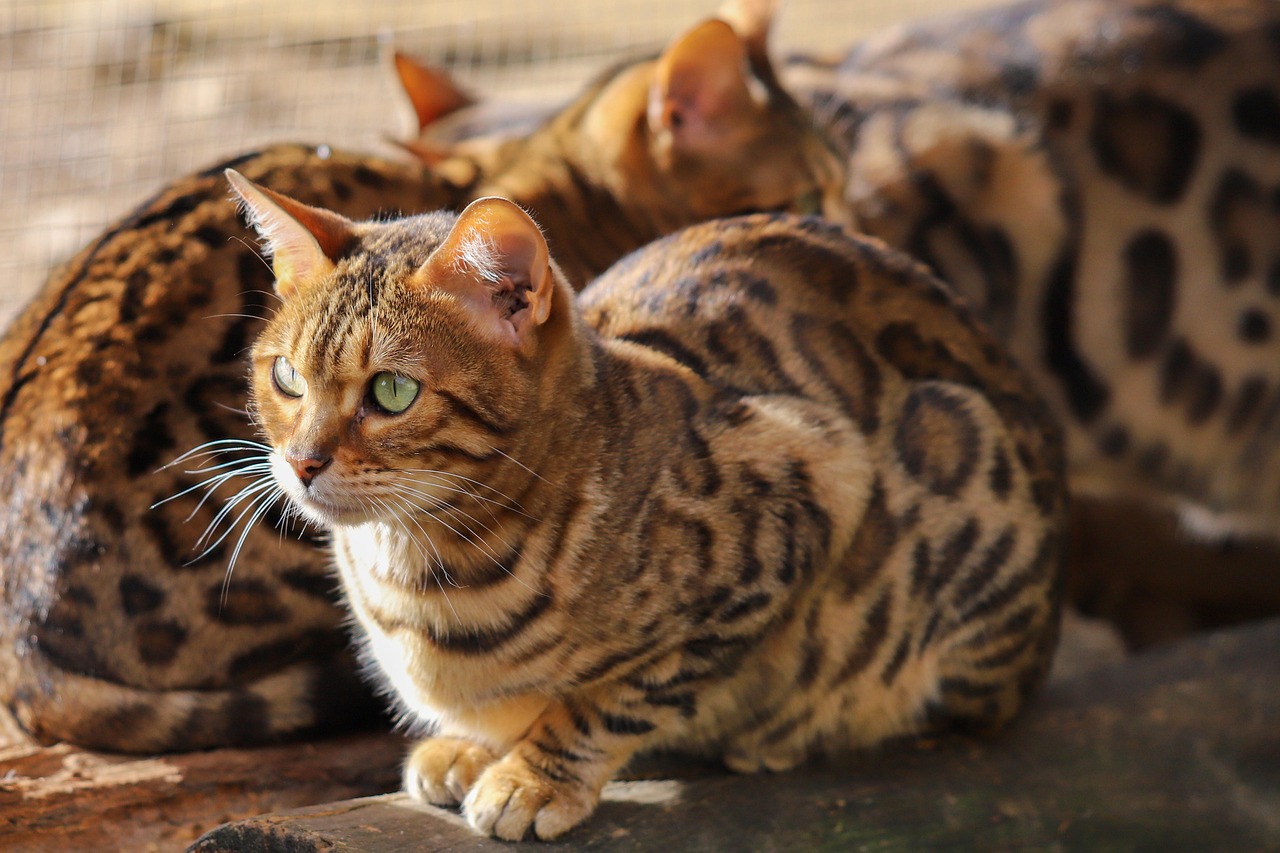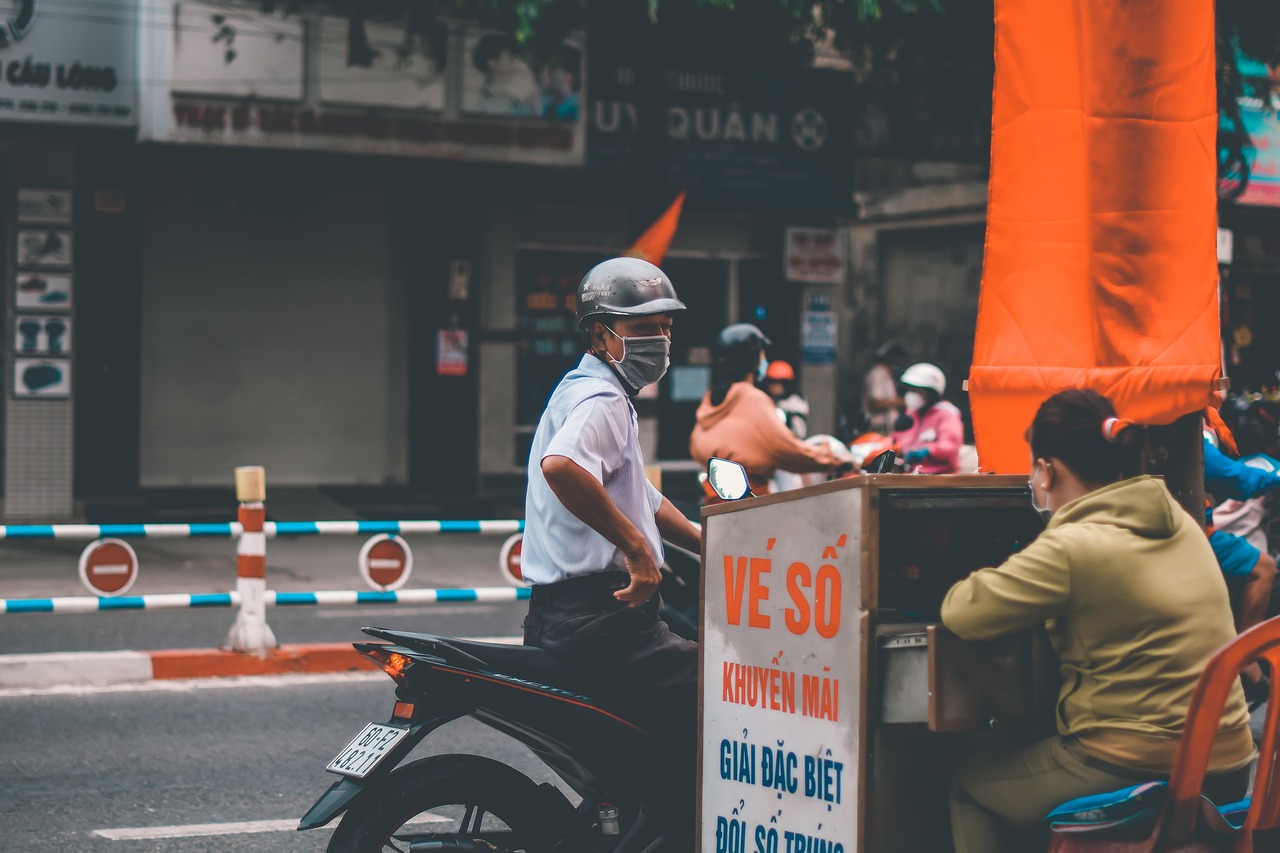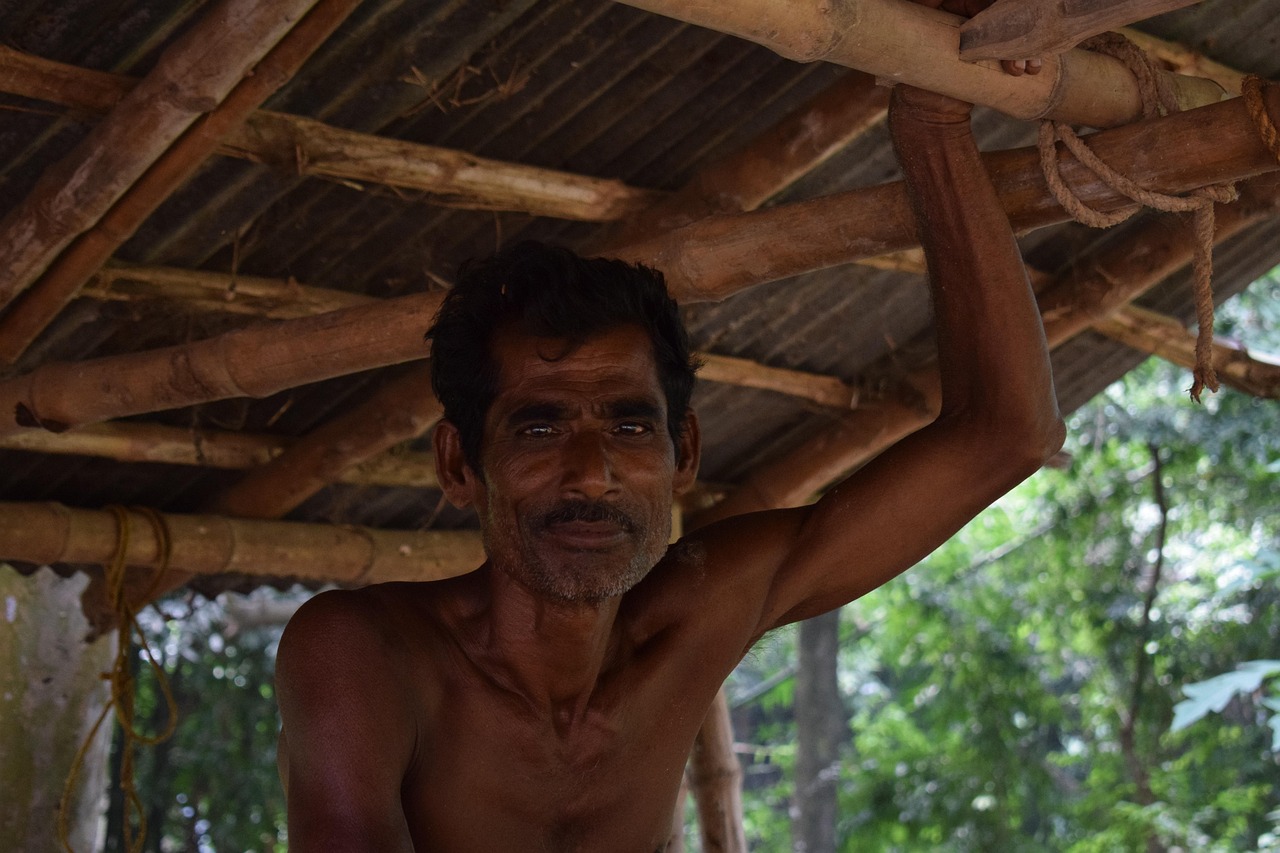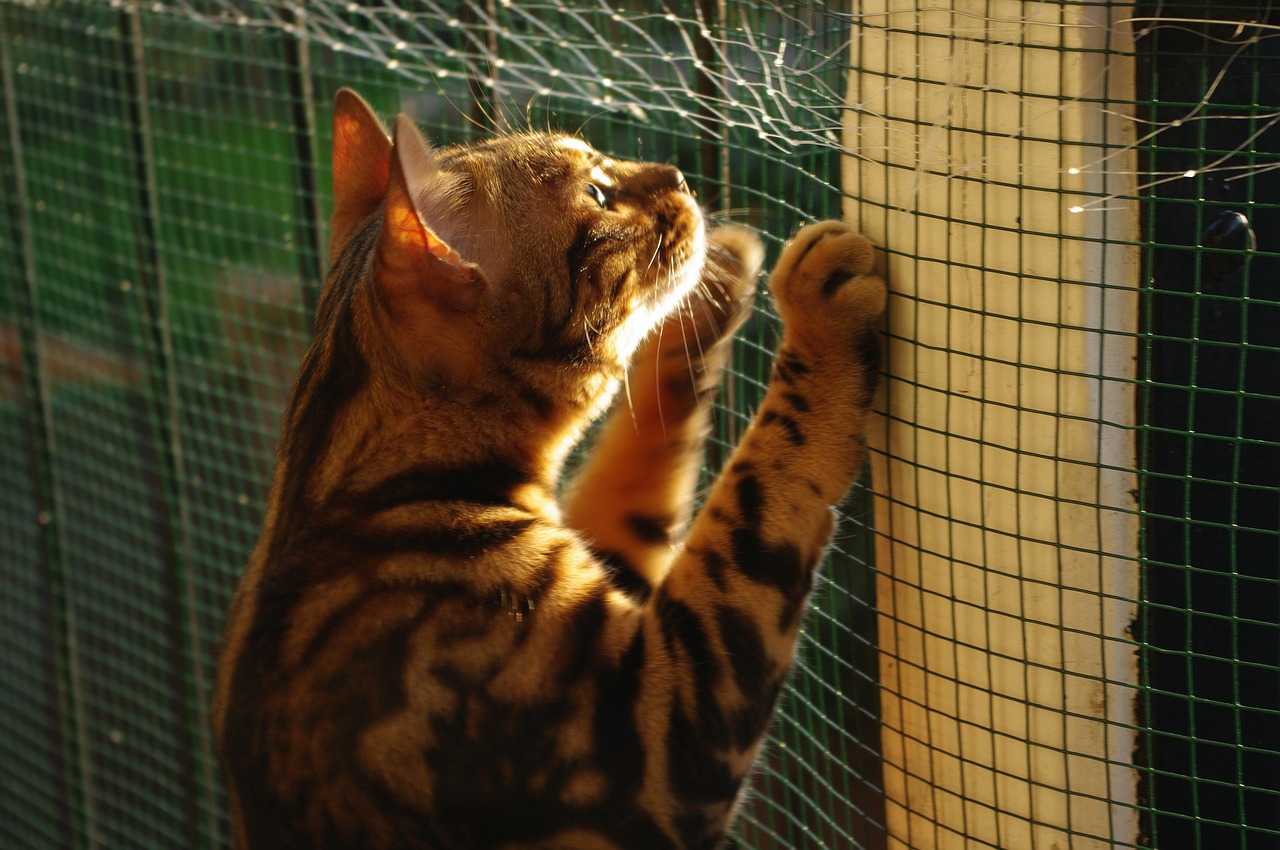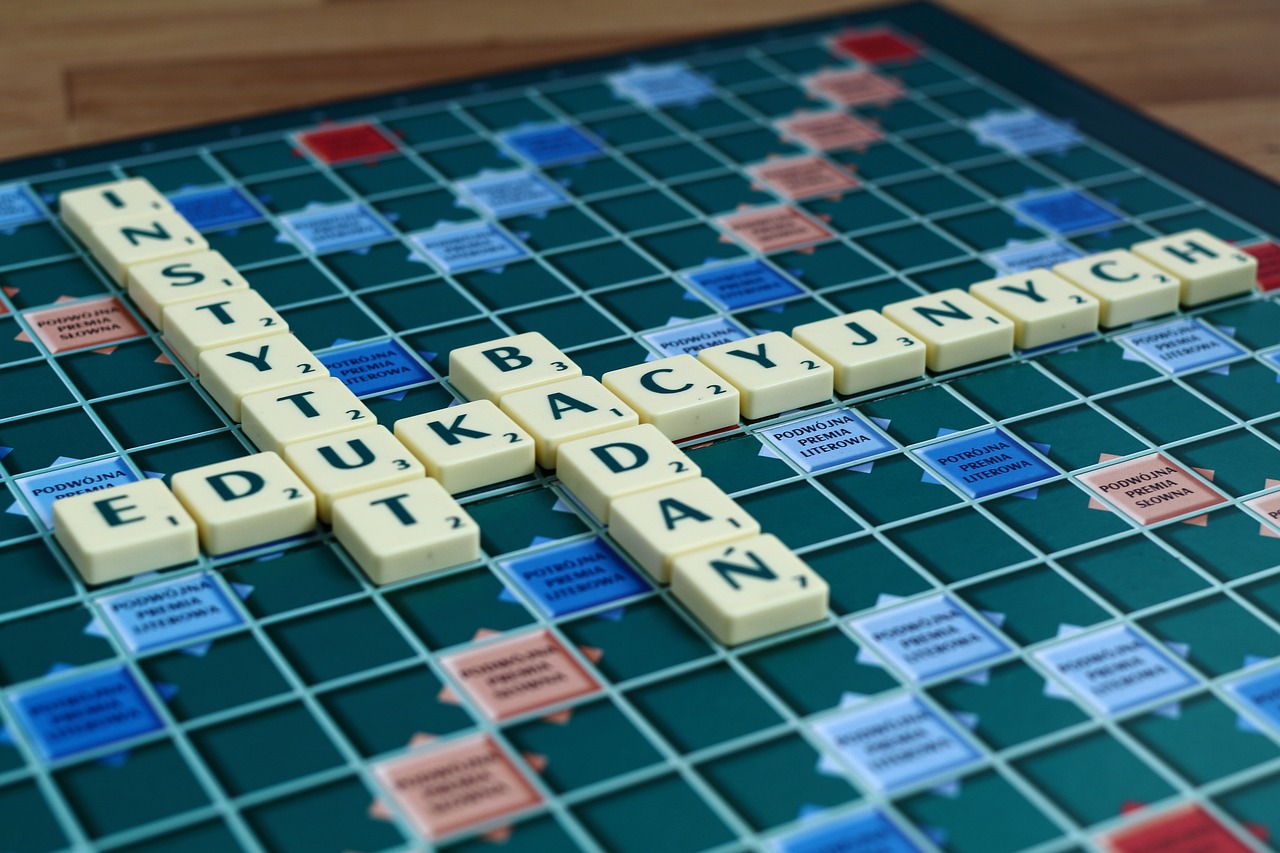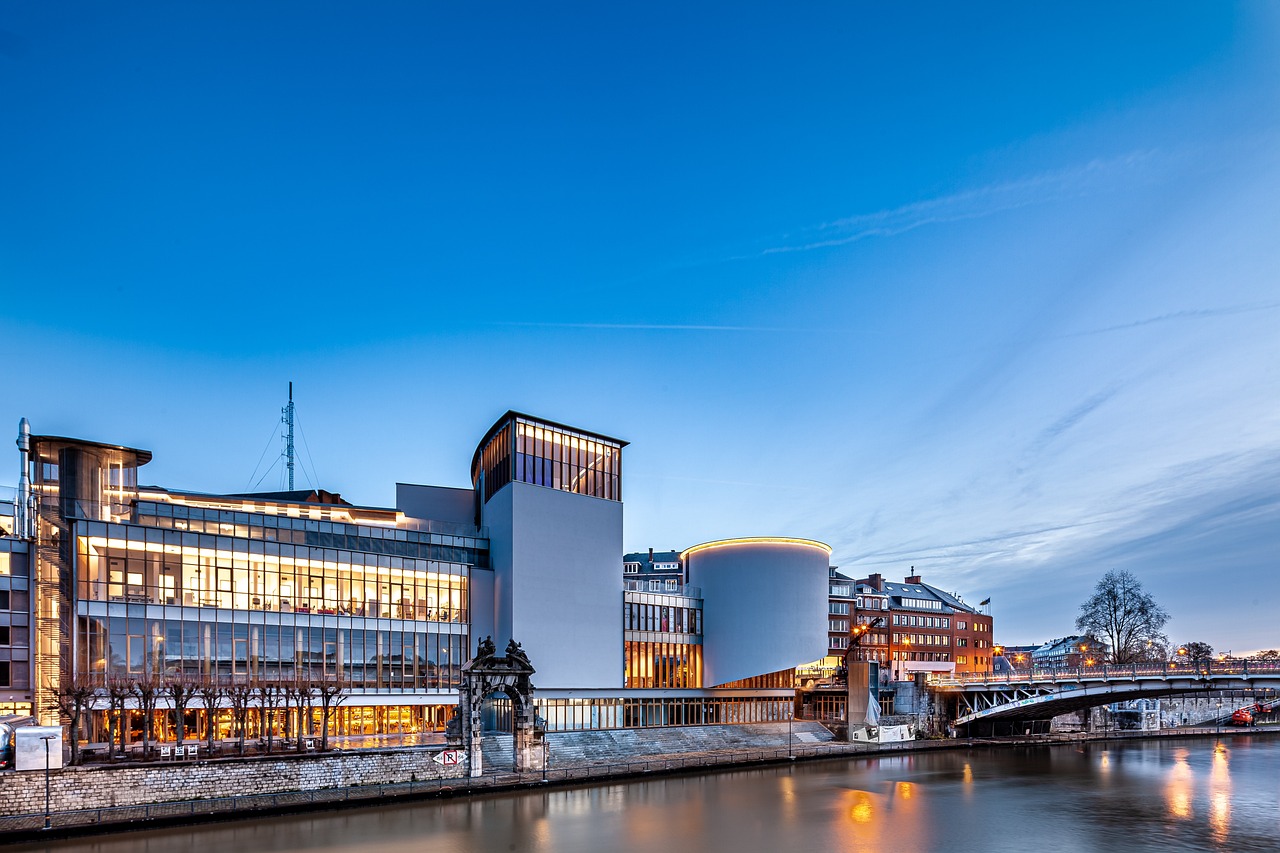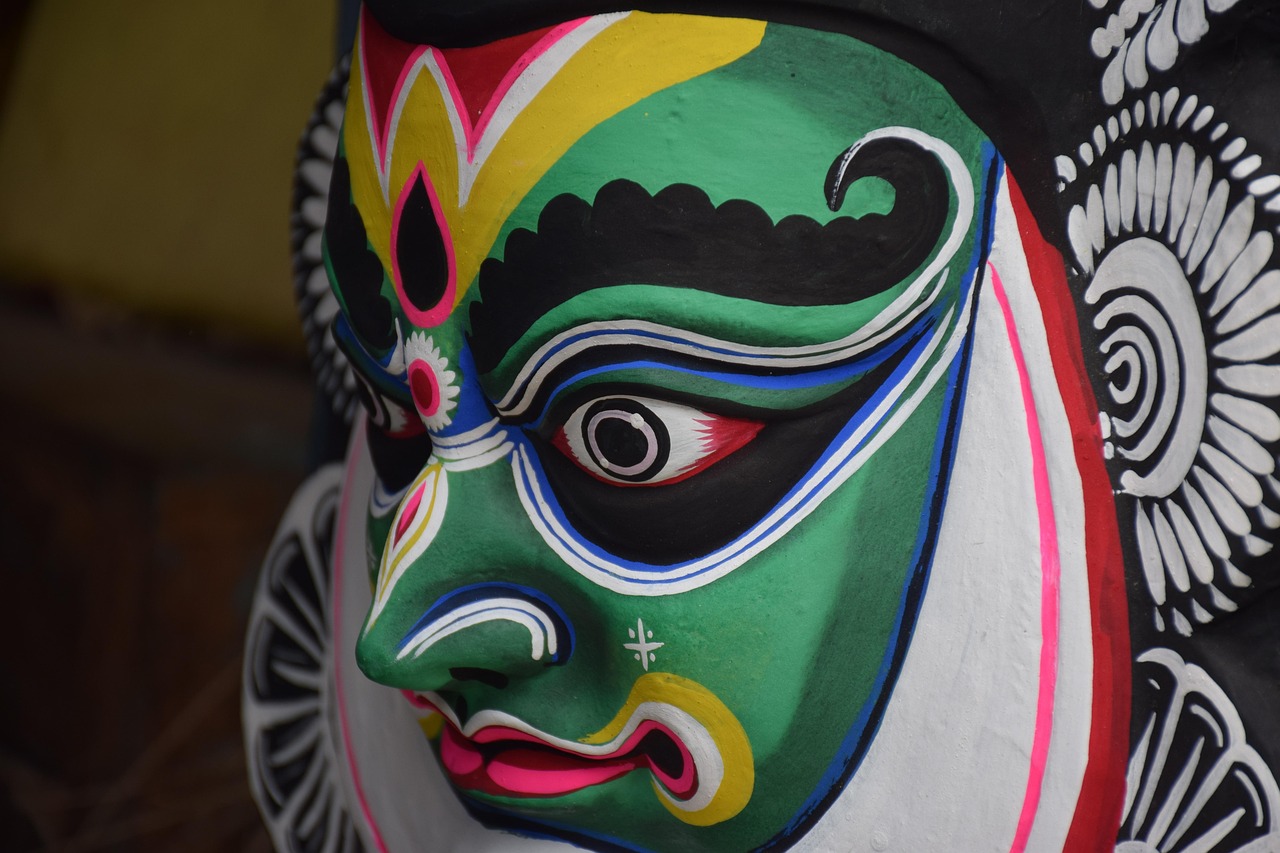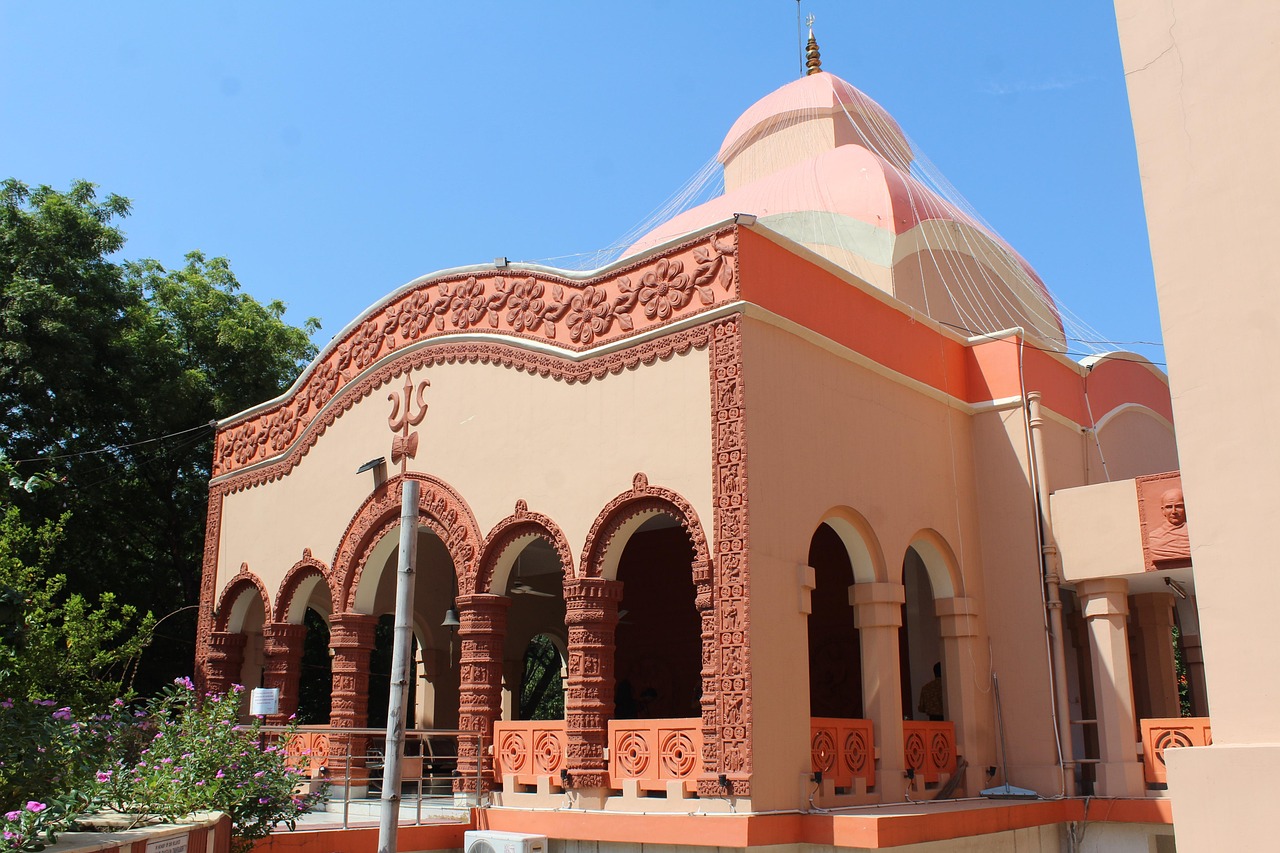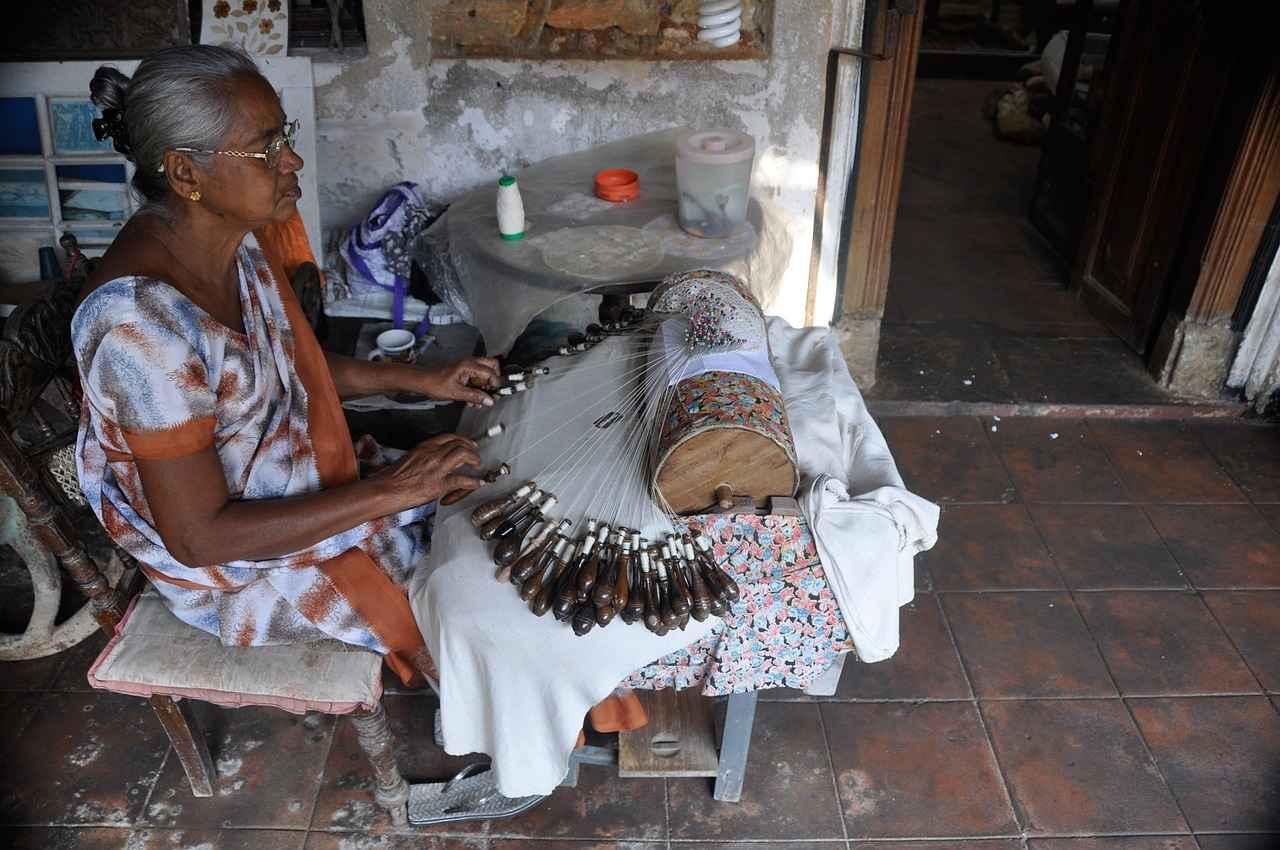This article delves into the dynamic changes occurring in Kolkata, exploring its challenges and future prospects. The focus is on urban development, cultural evolution, and economic growth in the capital of West Bengal.
The Historical Context of Kolkata
To understand the current transformation of Kolkata, it is essential to consider its rich history. The city’s colonial past has left a lasting impact on its architecture, culture, and social fabric. From the grandeur of the Victoria Memorial to the vibrant festivals, Kolkata’s heritage continues to shape its identity.
Current Urban Development Projects
Several urban development initiatives are underway, aiming to modernize Kolkata’s infrastructure. Key projects include:
- Metro Rail Expansion: Enhancing connectivity across the city.
- Smart City Initiatives: Implementing technology-driven solutions to improve urban living.
- Green Spaces Development: Creating parks and recreational areas for residents.
Revitalizing Cultural Heritage
Amid modernization, Kolkata is committed to preserving its cultural richness. Efforts to maintain historical sites and promote local arts are vital for keeping the city’s unique identity alive.
The Role of Technology in Transformation
Technology is a key driver of Kolkata’s evolution. The expansion of digital infrastructure is essential for economic growth, providing greater access to services and opportunities. The city’s start-up ecosystem is thriving, fostering innovation and entrepreneurship.
Challenges Facing Kolkata’s Transformation
Despite progress, Kolkata faces significant challenges, including:
- Socio-Economic Disparities: Addressing inequalities is crucial for inclusive growth.
- Bureaucratic Hurdles: Red tape can impede development initiatives.
Future Prospects for Kolkata
The future of Kolkata looks promising, with potential for economic growth in various sectors. A vision for a modern Kolkata includes balancing tradition with innovation, ensuring a vibrant and sustainable urban environment.
In conclusion, Kolkata’s transformation is a multifaceted journey, rich with opportunities and challenges. As the city continues to evolve, it stands at the forefront of India’s urban landscape, poised for a bright future.
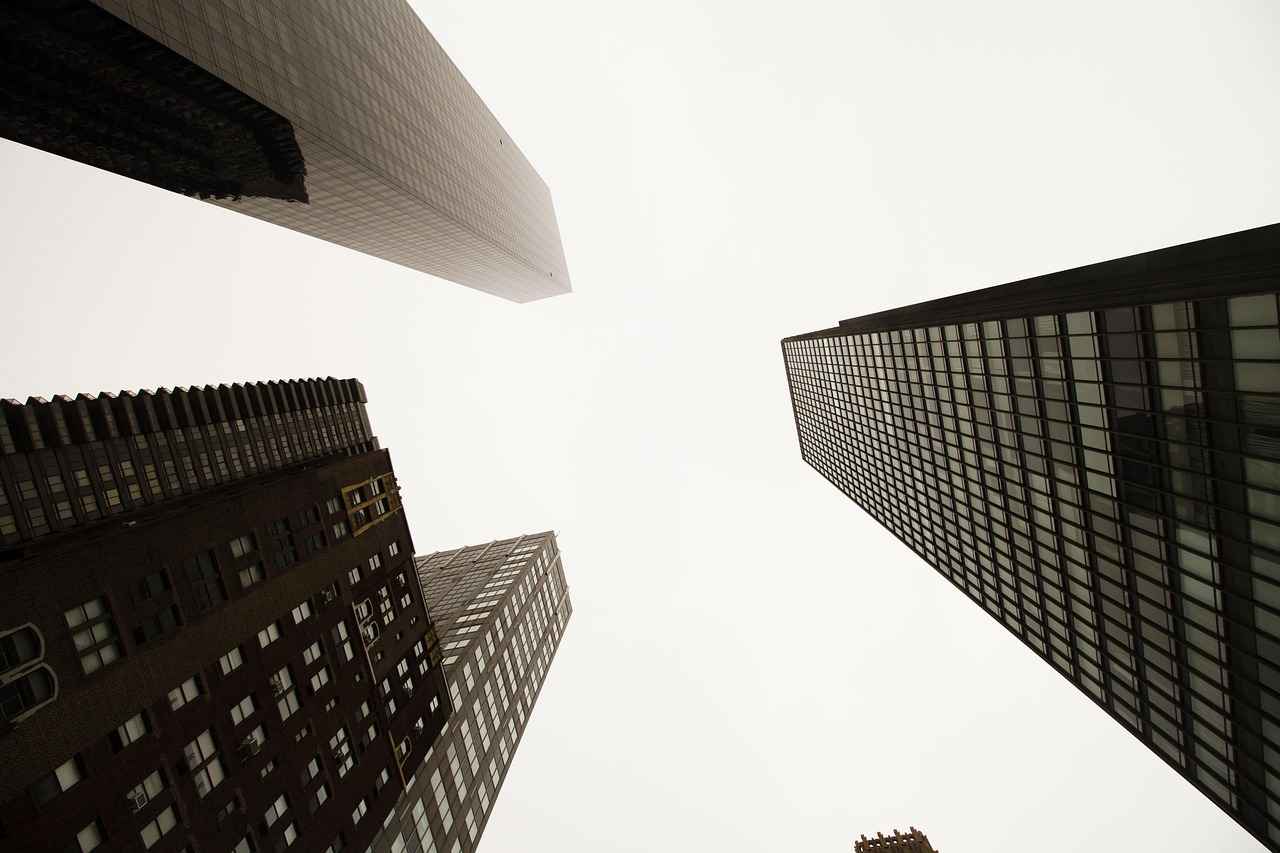
The Historical Context of Kolkata
Understanding Kolkata’s rich history is essential to grasp its current transformation. This vibrant city, formerly known as Calcutta, has a diverse and layered past that significantly shapes its present and future. From its establishment as a trading post by the British East India Company in the 17th century to its role as the capital of British India until 1911, Kolkata’s colonial legacy is profound. The architectural marvels from this era, including the Victoria Memorial and Howrah Bridge, stand as testaments to its historical significance.
The cultural heritage of Kolkata is equally rich, influenced by various communities and traditions. The city is often referred to as the cultural capital of India, renowned for its contributions to literature, art, and music. Festivals like Dussehra and Durga Puja showcase the city’s vibrant traditions, drawing visitors from around the world. These cultural elements are not merely relics of the past; they actively influence the city’s identity and community life today.
Moreover, the social fabric of Kolkata is woven with stories of resilience and creativity. The intellectual movements that emerged here, such as the Bengal Renaissance, have left a lasting impact on Indian society. This unique blend of history and culture is pivotal in understanding how Kolkata is evolving in the modern era.
As the city undergoes rapid urbanization and modernization, it faces the challenge of preserving its historical essence while embracing change. The juxtaposition of historic landmarks against a backdrop of contemporary development highlights the ongoing dialogue between the past and the present. Thus, a comprehensive understanding of Kolkata’s history is not just about looking back; it is about recognizing how these historical narratives shape the city’s future landscape.
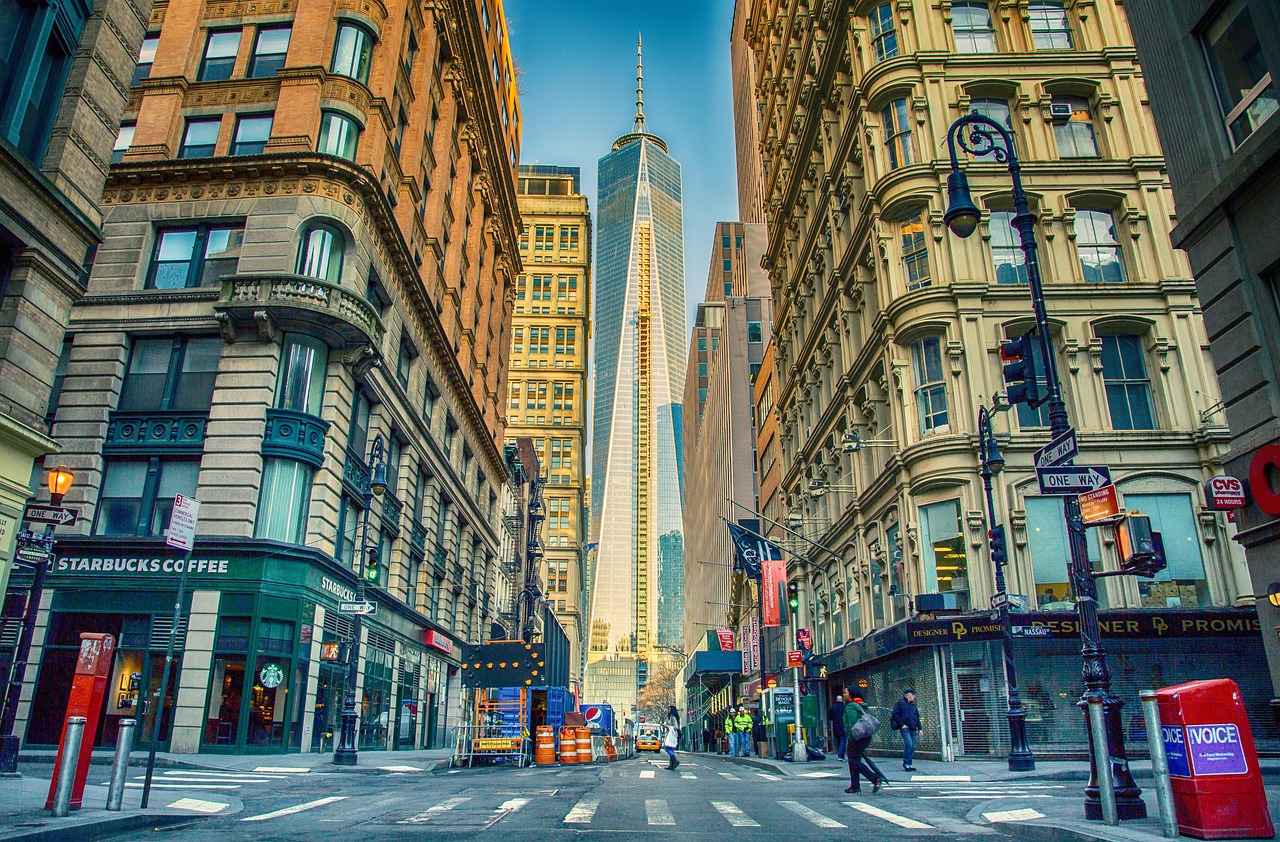
Current Urban Development Projects
Kolkata’s transformation is not just a vision but a reality that is unfolding through various urban development projects. The city, known for its rich cultural heritage and vibrant history, is now embracing modernity with open arms. This section delves into the that are significantly impacting the city’s landscape and the lives of its residents.
Several key initiatives are underway, focusing on infrastructure modernization, sustainability, and technological integration. These projects are aimed at not only enhancing the quality of life for residents but also attracting investment and tourism to the city.
- Metro Rail Expansion: The Kolkata Metro is undergoing a major expansion, with new lines being added to improve connectivity across the city. This initiative is expected to reduce traffic congestion and provide a reliable mode of transport for daily commuters.
- Smart City Mission: As part of the Smart City initiative, Kolkata is implementing smart solutions such as intelligent traffic management systems, smart street lighting, and enhanced waste management systems. These technological advancements aim to create a more efficient urban environment.
- Water Supply and Sanitation Improvements: Upgrading water supply and sanitation facilities is crucial for public health. Projects aimed at improving the infrastructure for water distribution and sewage treatment are being prioritized.
- Green Spaces Development: In response to the need for more recreational areas, various parks and green spaces are being developed. These areas not only provide a respite from urban life but also contribute to the city’s ecological balance.
In conclusion, the current urban development projects in Kolkata are a testament to the city’s commitment to modernizing its infrastructure while preserving its rich heritage. As these initiatives progress, they promise to reshape the skyline of Kolkata and enhance the overall living experience for its residents, paving the way for a brighter future.
Smart City Initiatives
Kolkata’s Smart City Initiatives: A Technological RevolutionThe Smart City Mission is transforming Kolkata into a modern urban hub, enhancing the quality of life for its residents through innovative technologies and smart solutions. This initiative aims to address the myriad challenges faced by the city, such as traffic congestion, waste management, and pollution, by leveraging advanced technology.
Technological Advancements in Urban Living
One of the key components of the Smart City Mission is the integration of smart technologies into everyday urban life. This includes:
- Smart Traffic Management: Implementing real-time traffic monitoring systems to reduce congestion and improve travel times.
- Intelligent Waste Management: Utilizing sensors in waste bins to optimize collection routes, thereby reducing costs and environmental impact.
- Smart Lighting Systems: Installing energy-efficient streetlights that adjust brightness based on pedestrian movement, contributing to energy conservation.
Enhancing Connectivity and Services
The Smart City initiative also focuses on improving connectivity across Kolkata. This involves:
- High-Speed Internet Access: Expanding broadband connectivity to ensure that all residents have access to digital services.
- Mobile Applications: Developing apps that allow residents to access municipal services, report issues, and receive updates on local events.
- Public Transport Innovations: Introducing smart ticketing systems and real-time tracking for buses and trams to enhance user experience.
Community Engagement and Sustainability
Engaging the community is crucial for the success of these initiatives. By involving residents in decision-making processes, the Smart City Mission fosters a sense of ownership and responsibility. Additionally, the focus on sustainability ensures that the urban development aligns with environmental goals, promoting a greener Kolkata.
In conclusion, the Smart City Mission is not just about technological advancement; it is about creating a holistic urban environment that prioritizes the well-being of its residents. As Kolkata continues to embrace these smart solutions, it sets a precedent for other cities in India, showcasing the potential of technology in transforming urban living.
Infrastructure Upgrades
Infrastructure is the backbone of any city’s growth, and in Kolkata, ongoing upgrades in various sectors are crucial for its urban development. As the city evolves, significant investments are being made to enhance transportation, utilities, and public spaces, which are vital for the overall progress of Kolkata.
Transportation Enhancements
- Metro Expansion: The Kolkata Metro is undergoing rapid expansion, with new lines being added to improve connectivity across the city. This not only reduces traffic congestion but also promotes the use of public transport.
- Road Infrastructure: Upgrading existing roads and constructing new flyovers are key initiatives aimed at enhancing vehicular movement and ensuring safer travel for commuters.
- Water Transport: With the Hooghly River’s potential, water transport is being revitalized, providing an eco-friendly alternative for commuting and goods transportation.
Utility Improvements
- Water Supply Systems: Modernizing water supply systems ensures that clean and safe drinking water is accessible to all residents, addressing a critical need in urban areas.
- Waste Management: Implementing advanced waste management solutions, including segregation and recycling initiatives, is essential for maintaining a clean environment.
- Power Distribution: Upgrading power distribution networks to reduce outages and improve efficiency is a priority, especially with the growing demand for electricity.
Public Space Development
- Parks and Green Spaces: The creation and renovation of parks enhance the quality of life, providing residents with recreational areas and promoting mental well-being.
- Smart Street Lighting: Installing smart street lights improves safety and reduces energy consumption, contributing to a more sustainable urban environment.
- Community Centers: Developing community centers fosters social interaction and provides spaces for various cultural and educational activities.
In conclusion, the ongoing infrastructure upgrades in Kolkata are pivotal for its growth. By enhancing transportation, utilities, and public spaces, the city is setting a strong foundation for a sustainable and prosperous future.
Sustainable Development Goals
Sustainability is emerging as a key driver in the transformation of Kolkata, reflecting a growing awareness of environmental issues and the need for eco-friendly practices. As the city evolves, various initiatives are being implemented to reduce the carbon footprint and promote sustainable living among its residents.
Kolkata’s journey towards sustainability encompasses a range of projects aimed at enhancing urban life while preserving the environment. One notable initiative is the promotion of green spaces. The city is investing in parks and community gardens that not only beautify the urban landscape but also improve air quality and provide habitats for local wildlife.
Additionally, the use of renewable energy sources is gaining traction. Solar panels are being installed on rooftops across the city, providing clean energy and reducing dependence on fossil fuels. This shift not only helps in combating climate change but also promotes energy independence for households.
| Initiative | Description |
|---|---|
| Green Spaces | Creation of parks and gardens to enhance urban biodiversity and air quality. |
| Renewable Energy | Installation of solar panels to promote clean energy usage. |
| Waste Management | Implementation of recycling programs to reduce landfill waste. |
Moreover, the city is focusing on sustainable transportation solutions. Initiatives such as the expansion of public transit, including electric buses and trams, aim to reduce traffic congestion and lower emissions. Encouraging cycling and walking through dedicated lanes and pathways is also a priority, making it easier for residents to choose eco-friendly modes of transport.
In conclusion, Kolkata’s commitment to sustainability is evident through various initiatives aimed at creating a greener, healthier city. By prioritizing eco-friendly practices and reducing its carbon footprint, Kolkata is not only transforming its urban landscape but also setting an example for other cities in India and beyond.
Revitalizing Cultural Heritage
Kolkata’s cultural heritage is a vibrant tapestry woven through time, representing a blend of traditions, arts, and historical narratives. As modernization sweeps across the city, efforts to preserve its cultural richness are more crucial than ever. This section explores the various initiatives aimed at maintaining Kolkata’s historical sites and promoting local arts and traditions.
The city is home to numerous historical landmarks, each telling a unique story of its past. Organizations and government bodies are actively working to protect these sites from the encroachment of urban development. For instance, the restoration of the Victoria Memorial and the Indian Museum showcases the commitment to preserving Kolkata’s architectural heritage. These sites not only attract tourists but also serve as educational resources for the local populace.
In addition to preserving physical structures, there is a concerted effort to promote local arts and traditions. Kolkata has long been recognized as a hub for artists, musicians, and writers. Events such as the Kolkata Book Fair and the Durga Puja festival highlight the city’s rich cultural practices and engage the community in celebrating their heritage. Local artisans are also supported through various initiatives, ensuring that traditional crafts like kantha stitching and shola work continue to thrive.
Moreover, educational programs aimed at younger generations are being implemented to instill a sense of pride in Kolkata’s cultural identity. Schools and community centers are organizing workshops and cultural exchanges that emphasize the importance of heritage conservation and the value of local traditions.
In conclusion, while Kolkata embraces modernization, the efforts to preserve its cultural heritage remain steadfast. By maintaining historical sites and promoting local arts, the city not only honors its past but also fosters a sense of community and identity for future generations.
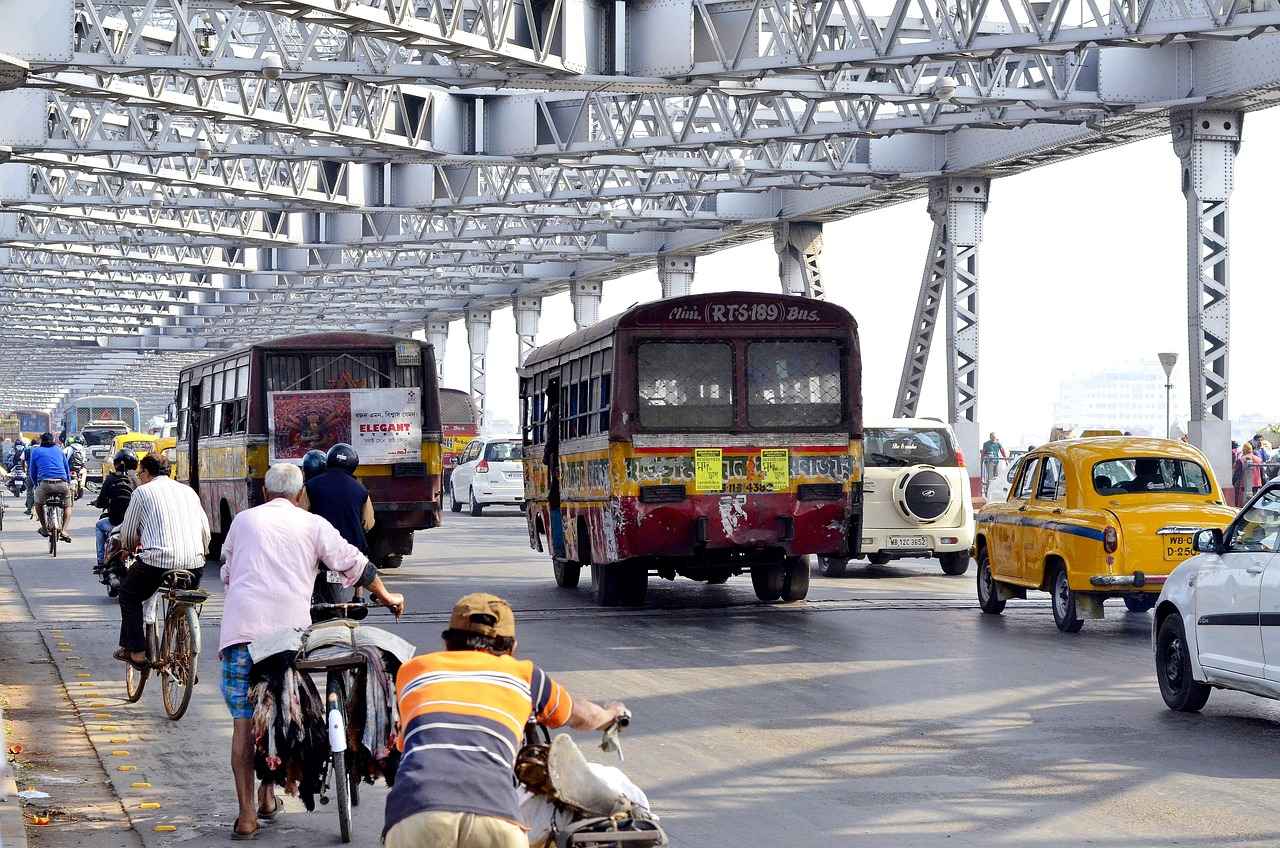
The Role of Technology in Transformation
In recent years, technology has emerged as a pivotal catalyst for the transformation of Kolkata, significantly impacting various sectors. As the city embraces the digital age, advancements are being seamlessly integrated into everyday life, enhancing both efficiency and connectivity.
One of the most notable areas of transformation is in digital infrastructure. The expansion of high-speed internet access has revolutionized communication and business operations. With initiatives aimed at improving connectivity, Kolkata is witnessing a surge in digital services that cater to both residents and businesses. This digital backbone supports a range of applications, from e-governance to online education, making services more accessible.
Moreover, the growth of the start-up ecosystem in Kolkata is a testament to the city’s innovative spirit. Numerous tech incubators and accelerators are nurturing budding entrepreneurs, fostering a culture of innovation and creativity. These start-ups are not only addressing local challenges but are also contributing to the global tech landscape, enhancing Kolkata’s reputation as a hub for entrepreneurship.
Furthermore, the integration of smart city initiatives is transforming urban living. Projects focusing on smart transportation, waste management, and energy efficiency are being implemented to create a more sustainable environment. For instance, the introduction of smart traffic management systems is reducing congestion, while eco-friendly public transport options are promoting greener commuting.
In conclusion, the role of technology in Kolkata’s transformation cannot be overstated. As the city continues to adapt to digital advancements, its future looks promising, characterized by enhanced efficiency, improved quality of life, and a vibrant economy. The ongoing integration of technology will undoubtedly pave the way for a modern Kolkata that honors its rich heritage while embracing innovation.
Digital Infrastructure
The development of digital infrastructure is a cornerstone for economic growth in any region, and Kolkata is no exception. With the rapid expansion of internet access and digital services, the city is on the brink of a significant transformation that could redefine its economic landscape.
In recent years, Kolkata has witnessed a substantial improvement in its digital infrastructure. The government and private sector have collaborated to enhance internet connectivity, making it more accessible to residents and businesses alike. This expansion is crucial, as it enables a wider range of services to be delivered online, from education to healthcare, thus improving the overall quality of life.
- Internet Penetration: The increase in broadband and mobile internet availability has led to a surge in digital literacy among the populace. More citizens are now able to access information and services online, fostering a more informed community.
- Digital Services Expansion: Various sectors, including e-commerce, fintech, and online education, are experiencing rapid growth. Start-ups in Kolkata are leveraging digital platforms to reach broader markets, contributing to job creation and economic diversification.
- Government Initiatives: Initiatives such as the Digital India campaign have played a pivotal role in promoting digital infrastructure. These programs aim to bridge the digital divide and ensure that all citizens can benefit from technological advancements.
Furthermore, the rise of smart city projects in Kolkata is a testament to the city’s commitment to enhancing its digital landscape. These initiatives focus on integrating technology into urban planning to improve service delivery, traffic management, and public safety.
In conclusion, as Kolkata continues to expand its digital infrastructure, the impact on economic growth is likely to be profound. By fostering a digitally inclusive environment, the city is not only enhancing the quality of life for its residents but also positioning itself as a competitive player in the global economy.
Start-up Ecosystem Growth
Kolkata’s start-up ecosystem is rapidly evolving, becoming a vibrant hub for innovation and entrepreneurship. This growth is not just a trend; it represents a significant shift in the city’s economic landscape, driven by a combination of local talent, technological advancements, and supportive government policies.
Several key players are instrumental in this transformation. Incubators and accelerators such as the Indian Institute of Management Calcutta Innovation Park and Startup Oasis are providing essential resources for budding entrepreneurs. These organizations offer mentorship, funding opportunities, and networking platforms that are crucial for start-ups in their formative stages.
Moreover, Kolkata’s vibrant educational institutions are nurturing a new generation of innovators. Universities and colleges are increasingly focusing on entrepreneurship programs, equipping students with the skills needed to launch their ventures. This synergy between academia and industry is fostering a culture of innovation that is essential for the growth of the start-up ecosystem.
In addition to educational support, the local government has initiated various policies and incentives to encourage start-up growth. The West Bengal Start-up Policy aims to create a conducive environment for start-ups by providing financial assistance, simplifying regulatory processes, and promoting collaboration between various stakeholders.
Furthermore, the rise of co-working spaces has made it easier for entrepreneurs to establish their businesses without the burden of high overhead costs. Spaces like The Hive and 91springboard not only offer affordable office solutions but also foster a sense of community among start-ups, facilitating collaboration and idea exchange.
As the start-up ecosystem continues to flourish, Kolkata is solidifying its position as a key player in India’s innovation landscape. With ongoing support from various sectors, the city is poised to become a leading destination for entrepreneurs looking to make their mark.

Challenges Facing Kolkata’s Transformation
Kolkata’s Transformation: Challenges Ahead
As Kolkata embarks on a significant transformation journey, it is essential to recognize the challenges that lie ahead. Despite the city’s rich cultural heritage and ongoing urban development projects, various obstacles could hinder its progress. This section explores the primary challenges facing Kolkata’s transformation, focusing on socio-economic disparities and bureaucratic hurdles.
| Challenges | Description |
|---|---|
| Socio-Economic Disparities | The gap between different socio-economic groups in Kolkata remains a significant challenge. While some areas are witnessing rapid development, others lag behind, exacerbating issues like poverty and unemployment. Addressing these disparities is vital for ensuring that all residents benefit from the city’s growth. |
| Bureaucratic Hurdles | Kolkata’s transformation is often slowed down by bureaucratic inefficiencies. Complex regulations and red tape can delay urban development projects, making it difficult for initiatives to gain momentum. Streamlining processes is essential for fostering a conducive environment for progress. |
Socio-Economic Disparities
- Income Inequality: A significant portion of Kolkata’s population lives below the poverty line, creating a stark contrast with wealthier neighborhoods.
- Access to Education: Disparities in educational opportunities contribute to a cycle of poverty, limiting upward mobility for many residents.
- Healthcare Access: Inequitable healthcare services further exacerbate existing socio-economic challenges, impacting overall quality of life.
Bureaucratic Hurdles
- Complex Regulations: Navigating the regulatory landscape can be daunting for developers and entrepreneurs, often leading to project delays.
- Lack of Coordination: Inefficiencies arise from poor coordination among various government departments, hindering effective implementation of urban initiatives.
- Corruption: Instances of corruption can further complicate the bureaucratic process, deterring investment and slowing development.
In conclusion, while Kolkata is on the path to transformation, addressing these challenges is crucial for ensuring sustainable and inclusive growth. By focusing on reducing socio-economic disparities and streamlining bureaucratic processes, the city can pave the way for a brighter future.
Socio-Economic Disparities
Addressing socio-economic inequalities is not just a matter of equity; it is essential for fostering inclusive growth within urban environments like Kolkata. This city, rich in culture and history, also grapples with significant disparities that affect its overall development.
In Kolkata, the gap between the affluent and the underprivileged is stark. Many neighborhoods showcase luxurious developments, while others struggle with inadequate infrastructure and basic services. This economic divide hampers the potential for holistic urban growth, as it limits access to opportunities for a large segment of the population.
One of the primary implications of these disparities is the impact on education and employment. Areas with better resources tend to have superior educational institutions, leading to higher employment rates among their residents. Conversely, those in marginalized communities often face barriers to quality education, perpetuating a cycle of poverty that is difficult to break.
Moreover, socio-economic inequalities can lead to increased social unrest. When a significant portion of the population feels excluded from the benefits of economic growth, tensions can rise. This not only affects community cohesion but also poses challenges for local governance and public safety.
To address these issues, it is crucial for policymakers to implement targeted interventions. This includes investing in infrastructure development in underprivileged areas, enhancing access to quality education, and creating job opportunities that cater to the needs of all citizens. By doing so, Kolkata can pave the way for a more equitable future, where every resident has the chance to contribute to and benefit from the city’s growth.
In conclusion, tackling socio-economic inequalities in Kolkata is imperative for achieving sustainable urban development. By bridging the gap between different socio-economic groups, the city can unlock its full potential and ensure that growth is inclusive, benefiting all its inhabitants.
Bureaucratic Hurdles
Bureaucratic inefficiencies have long been a significant barrier to effective urban development in Kolkata. These inefficiencies, often manifested as red tape, create obstacles that can delay or derail important projects aimed at enhancing the city’s infrastructure and overall livability. Understanding these challenges is crucial for stakeholders involved in urban planning and development.
One of the primary issues is the complexity of regulations that govern urban development. Multiple layers of approval are often required from various government departments, leading to prolonged timelines. This not only frustrates developers but also impacts the timely delivery of essential services to residents. For instance, a project aimed at upgrading public transportation may face delays due to the need for approvals from multiple agencies, each with its own set of requirements.
Additionally, the lack of coordination among governmental bodies exacerbates these bureaucratic hurdles. When different departments operate in silos, it can lead to conflicting priorities and inefficiencies. For example, while one department may prioritize environmental assessments, another may focus on economic feasibility, resulting in a tug-of-war that stalls progress.
Moreover, the absence of transparency in the bureaucratic process can lead to corruption and favoritism, further complicating development efforts. Developers may find themselves having to navigate an opaque system where decisions are influenced by factors unrelated to the merit of the projects. This not only undermines public trust but also discourages potential investments in the city.
To combat these challenges, it is essential for Kolkata to embrace reform initiatives aimed at streamlining bureaucratic processes. Implementing digital solutions, such as online portals for permit applications, could significantly reduce processing times and enhance transparency. Furthermore, fostering a culture of collaboration among different governmental departments could lead to more cohesive and efficient urban planning.
In conclusion, while bureaucratic hurdles present significant challenges to urban development in Kolkata, proactive measures can pave the way for a more efficient and responsive governance framework. By addressing these inefficiencies, the city can unlock its full potential and ensure sustainable growth for its residents.
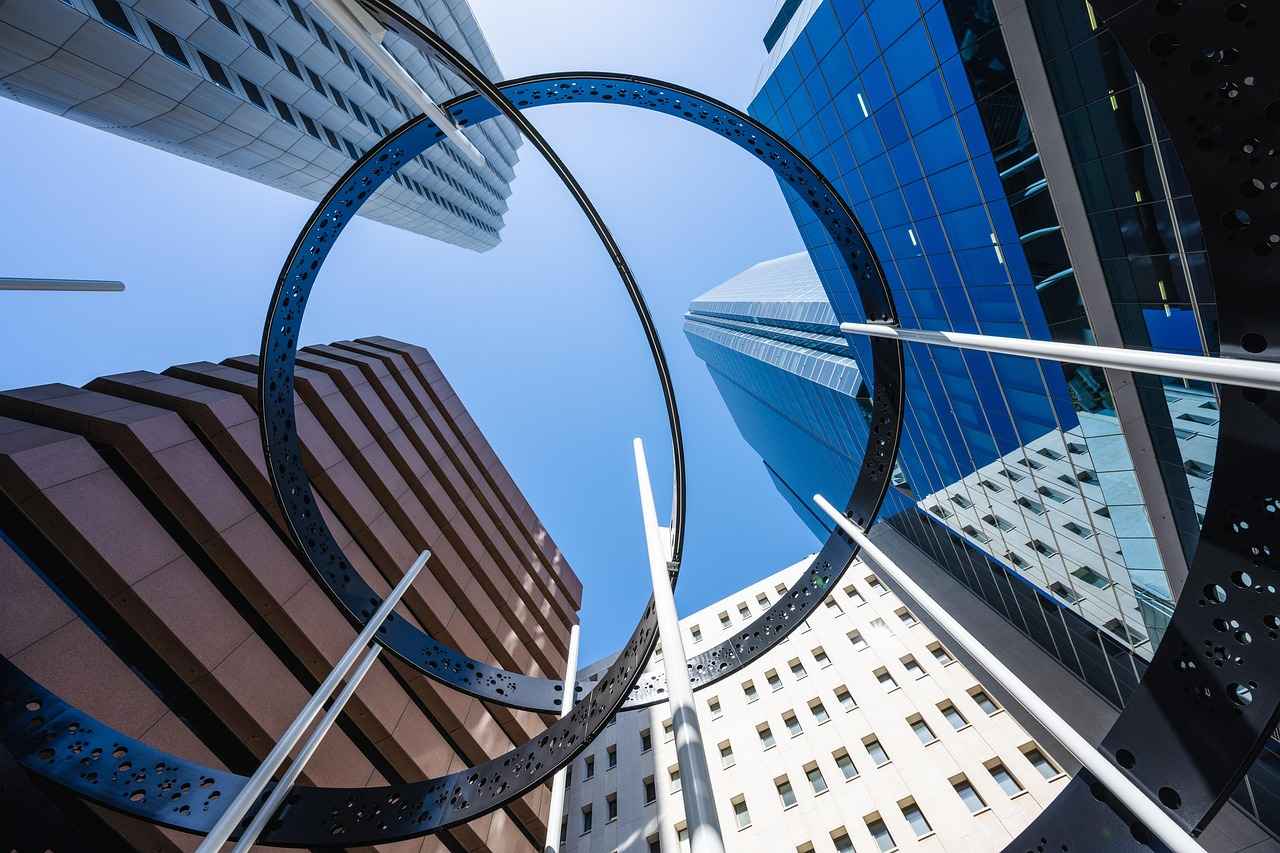
Future Prospects for Kolkata
As Kolkata strides into the future, the city’s transformation is not just a local phenomenon; it resonates with the broader narrative of India’s growth. The potential for development in Kolkata is vast, with numerous opportunities emerging across various sectors. This section delves into the anticipated changes that could redefine the city and its role in the national landscape.
Economic Growth Potential
Kolkata is poised for significant economic growth, driven by its strategic location and rich cultural heritage. The city is becoming a hub for start-ups and entrepreneurship, particularly in technology and innovation sectors. With the government’s support through various initiatives, such as the Start-up India program, Kolkata is attracting both domestic and foreign investments. This influx of capital is expected to create job opportunities and stimulate local businesses, thereby enhancing the overall economic landscape.
Vision for a Modern Kolkata
The vision for a modern Kolkata aims to blend its rich traditions with contemporary advancements. Urban planners and policymakers are focusing on creating a city that is not only technologically advanced but also environmentally sustainable. Projects aimed at improving public transportation, enhancing green spaces, and promoting smart city initiatives are already in motion. This holistic approach will ensure that Kolkata remains a vibrant and livable city while embracing modernity.
Role in National Growth
Kolkata’s transformation is crucial for India’s overall development. As the city enhances its infrastructure and boosts its economy, it will play a significant role in contributing to the nation’s GDP. Moreover, Kolkata’s cultural richness and diversity can serve as a model for other cities aiming for sustainable growth. By fostering a balance between tradition and innovation, Kolkata can position itself as a leader in urban development within India.
Conclusion
In conclusion, Kolkata’s future prospects are bright, filled with opportunities for growth and development. The city’s ongoing transformation will not only benefit its residents but will also contribute significantly to India’s growth story. By embracing change while honoring its heritage, Kolkata is set to emerge as a dynamic metropolis in the coming years.
Economic Growth Potential
Kolkata’s economy is on the brink of a significant transformation, presenting a myriad of opportunities for growth and development. This section delves into the key sectors that are poised for expansion and the potential implications for employment and investment in this vibrant city.
- Information Technology (IT): The IT sector is rapidly evolving in Kolkata, with numerous tech parks and start-ups emerging. The city’s focus on enhancing digital infrastructure is attracting both domestic and international investments.
- Manufacturing: With the government’s push for ‘Make in India’, Kolkata is re-establishing itself as a manufacturing hub. Industries such as textiles, jute, and electronics are expected to see substantial growth.
- Tourism: Kolkata’s rich cultural heritage and historical significance make it a prime destination for tourists. The city is investing in infrastructure to boost tourism, creating jobs and enhancing local businesses.
- Education and Skill Development: The emphasis on education and vocational training is crucial for equipping the workforce with the necessary skills. This sector is vital for reducing unemployment and fostering economic growth.
As these sectors expand, the implications for employment are profound. Job creation in IT, manufacturing, and tourism will not only reduce the unemployment rate but also enhance the standard of living for many residents. Furthermore, increased investment in these areas will lead to improved infrastructure and services, creating a virtuous cycle of growth.
In conclusion, Kolkata’s economy is set to thrive as it embraces modernization and innovation. By focusing on key sectors such as IT, manufacturing, and tourism, the city can harness its potential, leading to sustainable economic growth and improved quality of life for its citizens.
Vision for a Modern Kolkata
A modern Kolkata is envisioned as a dynamic city that harmonizes its rich cultural heritage with contemporary innovations. This vision aims to create a vibrant urban environment where tradition and modernity coexist, fostering a unique identity while addressing the needs of its residents.
The aspirations for Kolkata’s future encompass several key areas:
- Urban Infrastructure: The city is focusing on enhancing its infrastructure to support a growing population. This includes the development of smart transportation systems and improved public amenities, ensuring accessibility for all.
- Sustainable Practices: Emphasizing eco-friendly initiatives is crucial. Kolkata aims to implement sustainable urban planning that minimizes environmental impact, promotes green spaces, and enhances air quality.
- Cultural Preservation: While modernization is essential, preserving Kolkata’s rich cultural tapestry is equally important. Efforts are being made to maintain historical sites and promote local arts, ensuring that the city’s heritage remains a cornerstone of its identity.
- Technological Integration: The integration of technology into everyday life is a significant focus. From smart city solutions to enhanced digital services, Kolkata is set to embrace innovations that improve the quality of life for its residents.
- Economic Development: A thriving economy is vital for the city’s future. Initiatives aimed at boosting local businesses and attracting investments are crucial for job creation and economic sustainability.
In conclusion, the vision for a modern Kolkata is not just about infrastructure and technology; it’s about creating a holistic urban experience that respects its past while looking forward to a brighter, more inclusive future. By balancing tradition with innovation, Kolkata can pave the way for a vibrant urban landscape that serves its diverse population.
Frequently Asked Questions
- What are the main urban development projects currently happening in Kolkata?
Kolkata is undergoing several transformative urban development projects, including infrastructure upgrades, smart city initiatives, and public space enhancements. These projects aim to modernize the city and improve the quality of life for residents.
- How is technology influencing Kolkata’s transformation?
Technology is a key driver in Kolkata’s evolution. From advancements in digital infrastructure to the growth of the start-up ecosystem, tech innovations are enhancing efficiency, connectivity, and economic opportunities across various sectors.
- What are the challenges facing Kolkata’s development?
Despite significant progress, Kolkata faces challenges such as socio-economic disparities and bureaucratic hurdles. Addressing these issues is essential for ensuring inclusive growth and the successful implementation of urban initiatives.
- How is Kolkata preserving its cultural heritage amidst modernization?
The city is actively working to preserve its cultural richness by maintaining historical sites and promoting local arts and traditions. This balance between modernization and heritage is crucial for Kolkata’s identity.
- What does the future hold for Kolkata’s economy?
Kolkata’s economy shows great potential for growth, particularly in sectors like technology, tourism, and manufacturing. The city is poised to attract investment and create job opportunities, contributing to its overall development.
